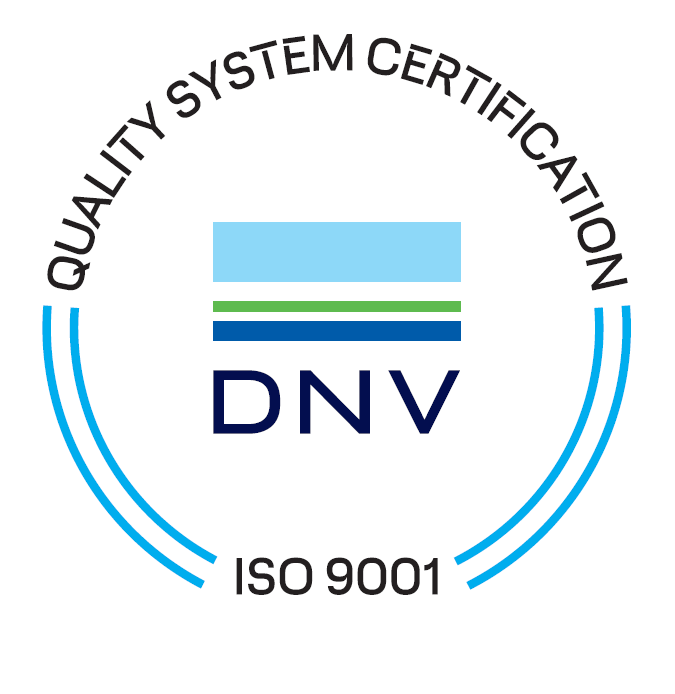The Demand for Welders
Posted April 16, 2017
Welding is Vital to Manufacturers
Who wants to weld?
The prediction is a shortage of over 200,000 skilled welders by 2020. Is there someone you know who would benefit from a welding career? Basic welding skills are similar across industries. At Herker Industries we service a variety of businesses and accommodate an assortment of projects.
What welder training is needed?
Take an introductory welding course. This will expose you to the safety skills and fundamentals of the profession. Next, as in anything to be good at: practice. Courses taken through a vocational school or community college have the tools of the trade to practice with and instruction on required safety skills.
Understand Various Welding Methods
It is valuable to train in several different welding techniques. Certification as a welder documents your knowledge and skill level.
Robotic welding requires qualified operators to oversee the automated procedure. Skilled welders are most suited to program and maintain robotic welding cells.
Welding Techniques used at Herker Industries
GMAW welding
A very fast process using a spool of welding wire that serves as a consumable electrode and filler during the weld process.
GTAW welding
An arc welding process with a fixed electrode and the filler metal is fed separately in to the weld joint. Manually this requires high dexterity and hand eye coordination which does take more skill than MIG welding.
Resistance welding
Uses an electric arc to heat and melt, and pressure to create a weld between two pieces of metal (i.e. forged). This process is suitable for high rate production and is economical.
Robotic GMAW welding
Best for high volume, highly repetitive welding tasks. Automation increases efficiency. A robot manipulates the parts to weld in position and can vary the parameters as it travels through the weld path allowing changes to be made on the fly for thickness or gap differences in the weld joint.
Manual welding
For smaller production orders, keeps tooling cost down, and has shorter setup times.
American Welding Society Guidelines
Not only are welders certified by AWS but procedures are as well. Herker Industries certified welders are certified in the following weld procedures established by customer specifications and AWS codes. These techniques are granted by a Certified Welding Inspector.
Welding Certifications held by Herker Industries
AWS B2.1
Specifications for welding procedure and performance
AWS D1.1 / D1.1M
Structural Welding Code- Steel
AWS D1.2 / D1.2M
Structural Welding Code- Aluminum
AWS D1.6 / D1.6M
Structural Welding Code- Stainless Steel
AWS D14.3 / D14.3M Specifications for Welding Earthmoving and Agricultural Equipment
Become a Certified Welder
Herker Industries employ welders with previous experience and work with entry level candidates. Our skilled technicians all have a concern for quality, enjoy working as a team, and are able to adapt to a changing work environment. Below are the stages a welder moves through. Starting as a Certified welder and then progressing to a Certified Welding Inspector.
Term Length Requirements
1 3 years Proof as an active welder, eye exam
2 3 years Exam that covers visual inspection
3 9 years 3 part exam with 1 part a repeat of Term 2 requirements
A welding career can lead to financial security, career advancement, and important work in areas around the world or simply in your own neighborhood. A great place to start is with the American Welding Society website. The education web page contains resources, a course locator, scholarships offered, and much more.
As a leader in precision machined parts we employ the same standards, methods, and skilled professionals to provide welding services that save our clients time and money. Contact Herker's Business Development Manager should you want to know more contact out our welding capabilities and staff.

